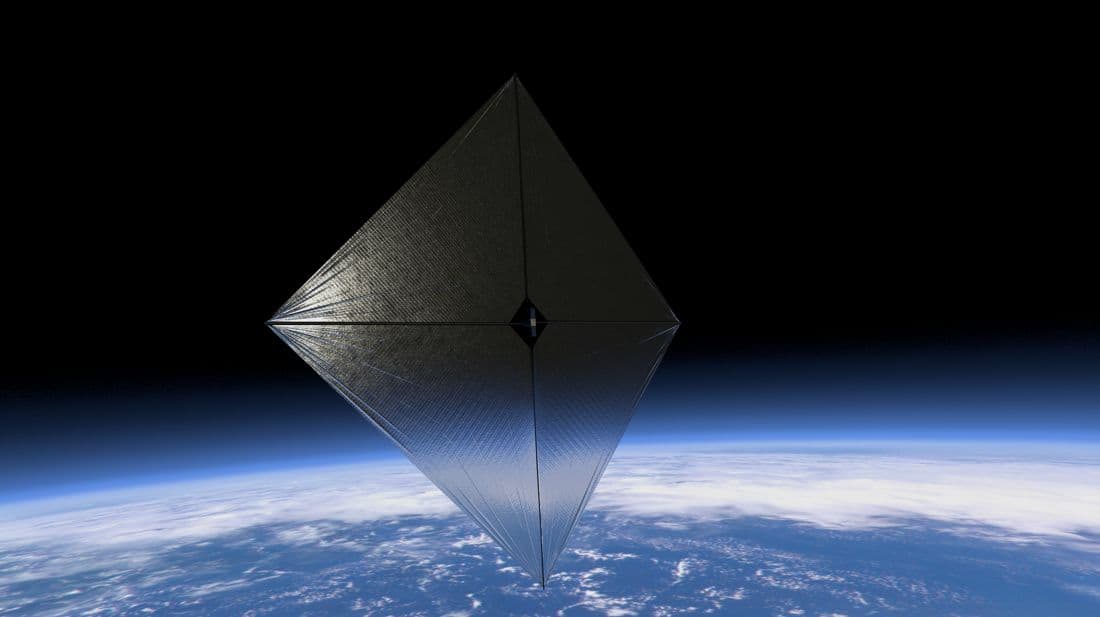
NASA's solar sail successfully deployed: Will it revolutionize space travel?
What's the story
NASA's Advanced Composite Solar Sail System (ACS3) has successfully deployed its wings in space, more than four months after its launch. The ACS3 was launched into space on April 24 aboard Rocket Lab's Electron vehicle. On August 29, data confirmed that the test of the sail-hoisting boom system was successful, marking a significant milestone for this innovative technology. The ACS3 is a CubeSat mission designed to test the feasibility of using solar sails for future deep space exploration.
Technology explained
How NASA's ACS3 technology works
The ACS3 now boasts a fully extended sail measuring around 860 sq. ft., resembling a large, highly reflective sheet. When sunlight strikes the reflective surface of the sail, it imparts a small amount of momentum to the spacecraft. Over time, the continuous presence of sunlight can provide significant thrust, allowing the spacecraft to accelerate and change its orbit. Solar sails eliminate the need for traditional rocket fuel, making them ideal for long-duration missions.
Upcoming tests
Maneuvering ability to be tested
Over the next few weeks, the ACS3 will be put through its paces as researchers observe the sail's maneuvering ability in space. By adjusting the orbit, they aim to gain insights into how to design and operate future solar sail-equipped missions. "Flight data obtained during the demonstration will be used for designing future larger-scale composite solar sail systems for space weather early-warning satellites, asteroid and other small body reconnaissance missions," Rocket Lab stated in a previous mission description.
Information
Spacecraft's position and visibility
The ACS3 is currently located at an altitude approximately twice that of the International Space Station (ISS). NASA has suggested that keen-eyed skywatchers on Earth may be able to spot the ACS3 and encourages space enthusiasts to stay tuned for updates on potential viewing opportunities.
Technological advancement
ACS3's composite booms are lighter, more durable
The ACS3's composite booms, made of a polymer material reinforced with carbon fiber, are 75% lighter and made to experience 100 times less thermal distortion compared to previously flown metallic booms. This successful mission could pave the way for larger solar sails in the future. NASA envisions that this technology could support sails as large as 21,500 sq. ft., opening doors to new possibilities for deep space exploration and scientific research.